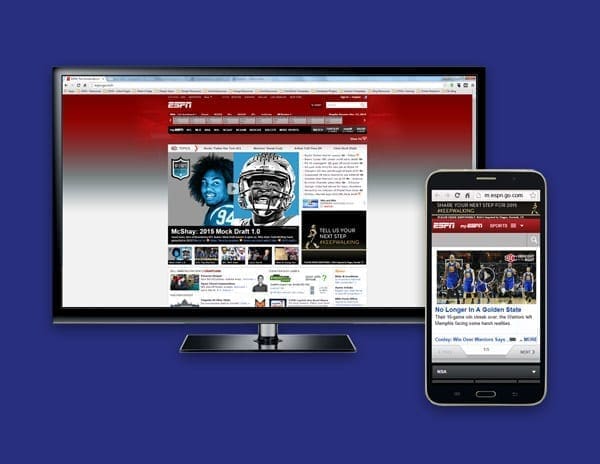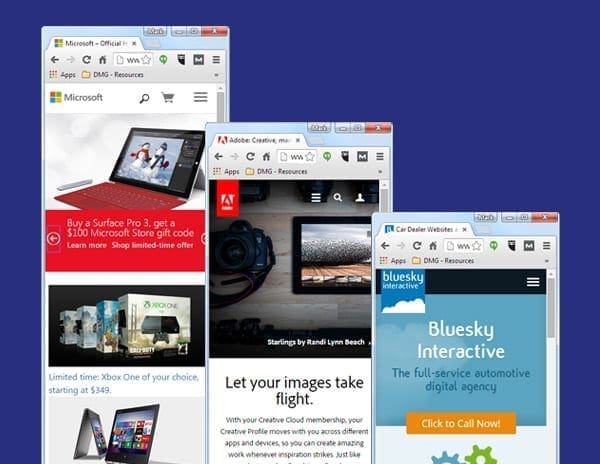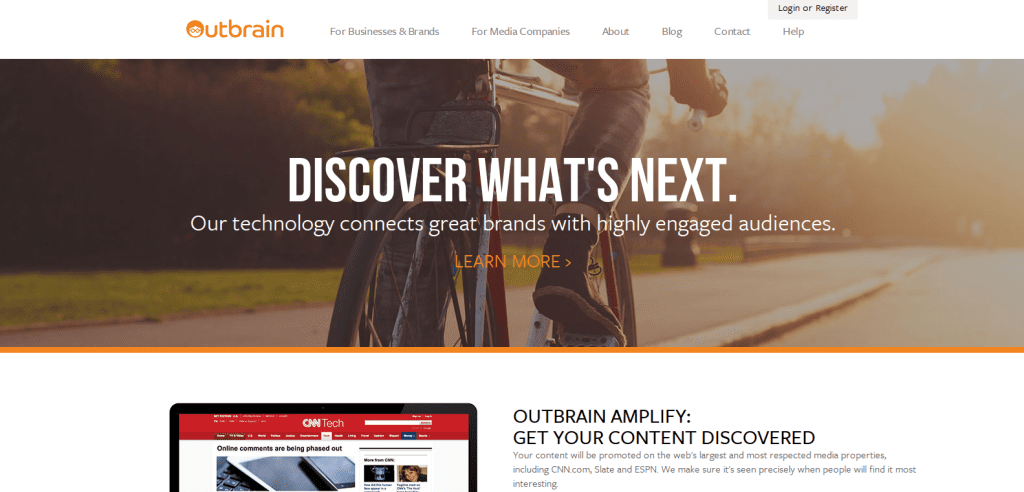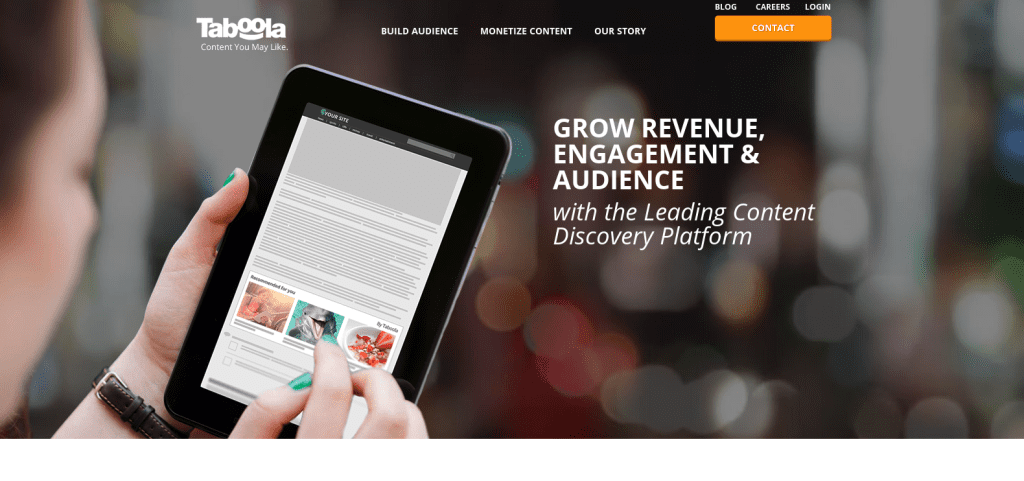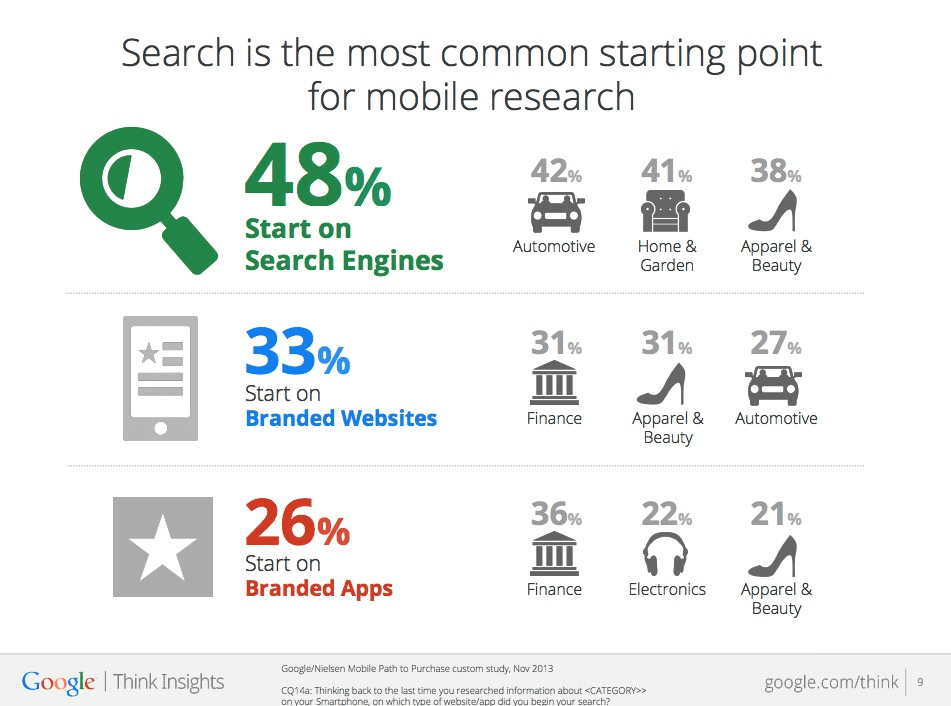
On February 11, 2015, DaBrian Marketing Group, LLC, a full service digital marketing agency located in Reading, PA, will host an exclusive digital marketing event sponsored by Google.
DaBrian Marketing Group, LLC is an official Google Partner. This status allows the agency to access research, advertising promotions, and exclusive events from Google. The Google Partners Connect event on February 11 will give local marketing professionals and business owners the opportunity to see how digital marketing can drive success for their businesses.
Where:
- Gallery Above Penn Square (GAPS)
- 128 North 5th Street Highway, Reading, PA 19601
When:
- February 11, 2015 at 12 PM
What:
- Livestream Google AdWords presentation
- Q&A session to cover your questions about Pay per Click advertising
Why:
- Free Parking downtown at Abraham Lincoln Hotel
- Free catered lunch
- Learn about growing your business through PPC (bring your questions for the Q&A)

